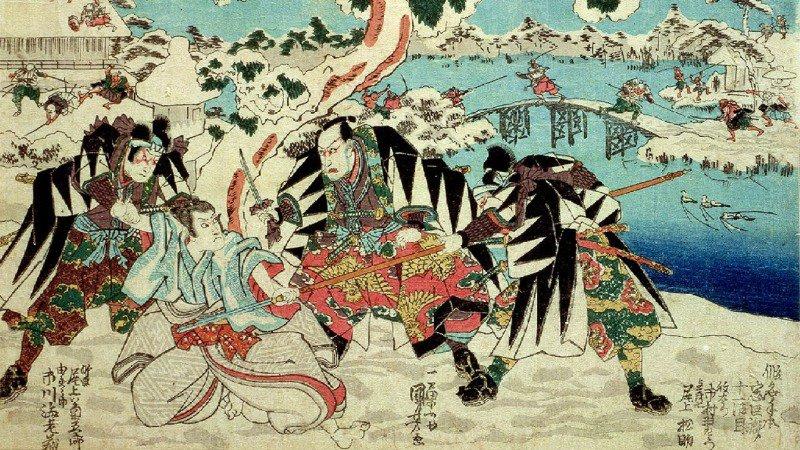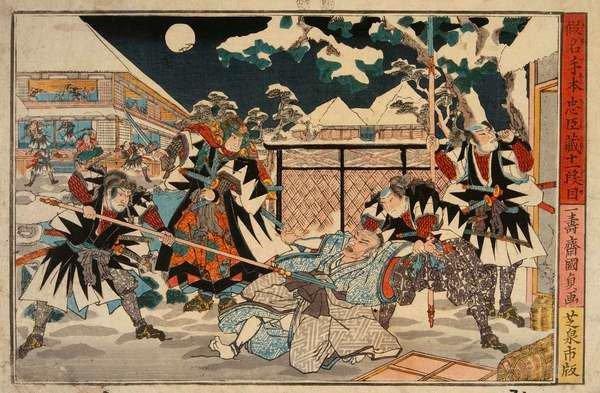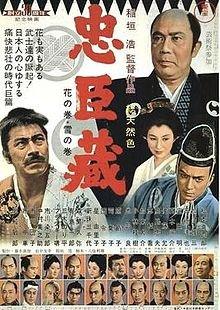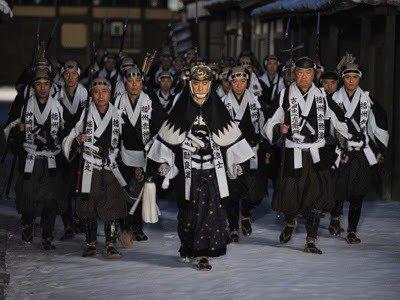Perhaps because they have lived under the control of warriors for 1,000 years, the Japanese really like the story of revenge And among the stories about revenge, the Japanese still love it the most is Jinsugurajung
Here’s the storyline of Jinshugura
On March 14, 1701, Naganori Asano, the lord of Akoobun, attempted to cut and kill Yoshihisa Kira, an insulting official, and was punished by being forced to commit suicide, deprived of his fief, and cut off his family Forty-seven of Naganori’s men, including Oishi Kuranosuke, watched for a year and 10 months, and finally attacked Yoshihisa’s house on December 15, 1702, killed him, decapitated him, and sacrificed him to Nori’s grave, and all 47 of them committed suicide at the order of the Shogunate
This Jusingura is a classic literature that is gaining popularity over time in Japan, such as Heungbujeon and Chunhyangjeon in Korea The honor and revenge of the samurai, which the Japanese like, were dealt with as key topics




But just as the novel “The Story of the Three Kingdoms” is an adaptation of the stories of the Three Kingdoms of China, the story of the Three Kingdoms of China also covered up the historical truth by adapting the actual events with interest
First of all, in Jusingura, Naganori is described as a fair and benevolent lord, but in fact, the residents of Akooburn, the area where he ruled, were happy to make and share rice cakes when they heard that Naganori died and his family was closed Naganori lost public sentiment because he collected too much tax in his lifetime
In addition, Naganori was usually angry, so he didn’t have a good reputation except for a few of his close subordinates Some believe that Naganori’s attempt to kill Yoshihisa, a high-ranking official of the Edo Shogunate, was not insulted by him, but simply because of his angry personality
In addition, Jinsugura’s story of Oishi Kuranosuke, the representative of Naganori’s men, deliberately pretending to drink with a woman in Ichirikijaya, a Yugwak outside Kyoto, while dreaming of revenge for a year and 10 months
Because when Naganori committed suicide, Oishi was busy lobbying the Edo Shogunate with a huge amount of money of 10,000 to serve Naganori’s younger brother, Nagahiro, as a new master, not revenge Nor was Ichirikijaya around that time
Nevertheless, when Oishi’s lobby eventually failed and Nagahiro was not able to connect his brother’s family, Naganori’s men, who were in despair, rushed to Yoshihisa’s house and stabbed him It was only three months before the Yoshihisa attack that Oishi agreed to such a revenge
At dawn on December 15, 1702, 47 members of Naganori’s men, including Oishi, attacked Yoshihisa’s mansion, and on that day, Oishi loses, a kind of drumJusugura’s story of hitting his nose and snowing is all lies Naganori’s men involved in the actual raid were 46 and lost that dayThere was no Leeko and no snow
Yoshihisa Kira, also described as a mean and insidious villain in Jusingura, was merciful enough to build an embankment to prevent flooding with his money when the residents of the area he ruled suffered from flooding
In addition, the content of Jusugura that Yoshihisa bullied Nagano Reader for not bribing him is complete nonsense Yoshihisa was an instructor who taught it to people who didn’t know the rules and procedures of the court, and he was rightfully paid for his hard work in return for his teaching It wasn’t a crime prohibited by law, it was a routine practice
However, Naganori, who did not pay for his hard work while receiving a lecture from Yoshihisa, was wrong Is it fair to say that I won’t give you any tuition while listening to a lecture from a university professor
Yoshihisa was even sympathetic enough to teach the Akobun people of Naganori how to make salt It’s a typical example of a historical distortion called the Lord, who turned such a good man into a completely shameless villain
